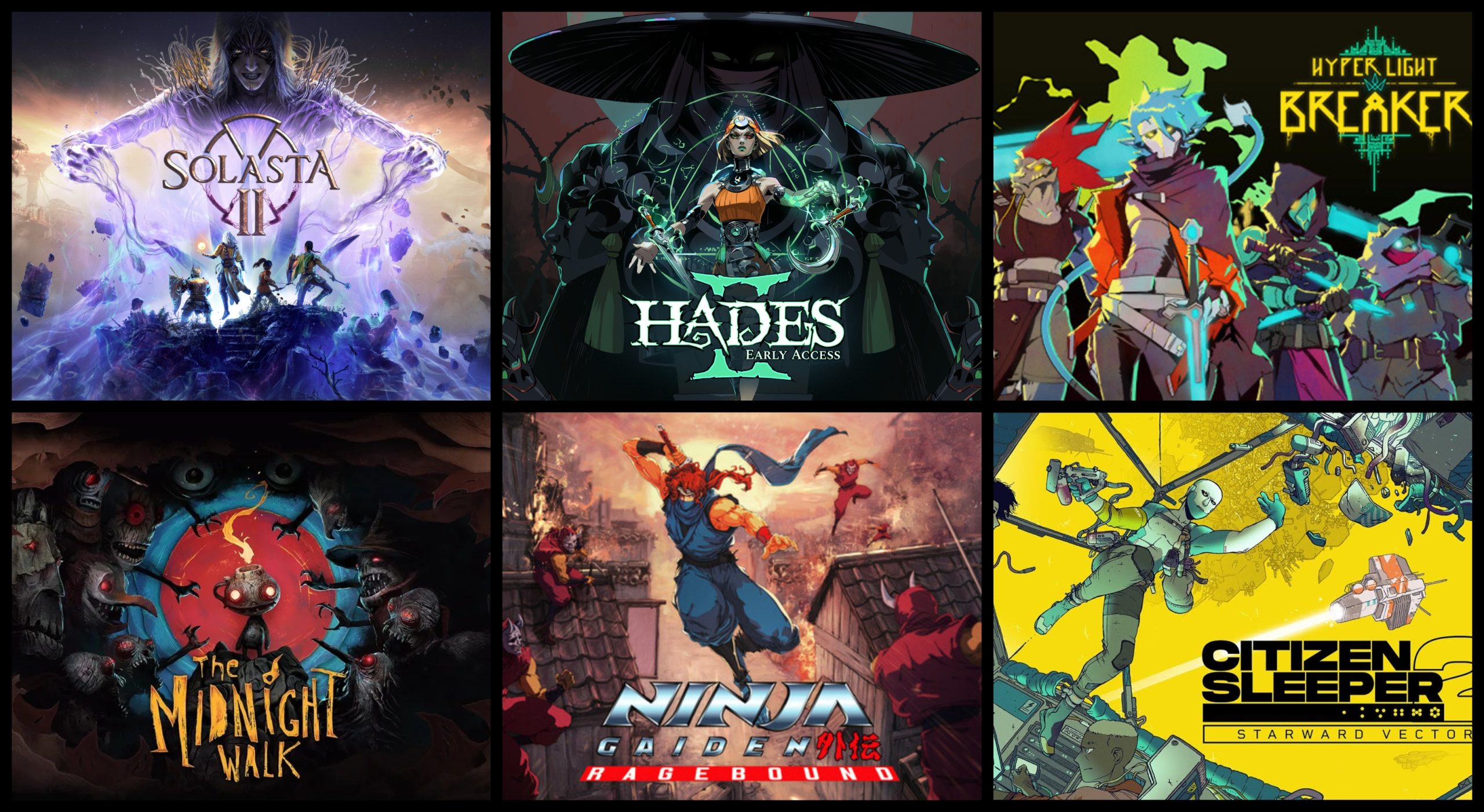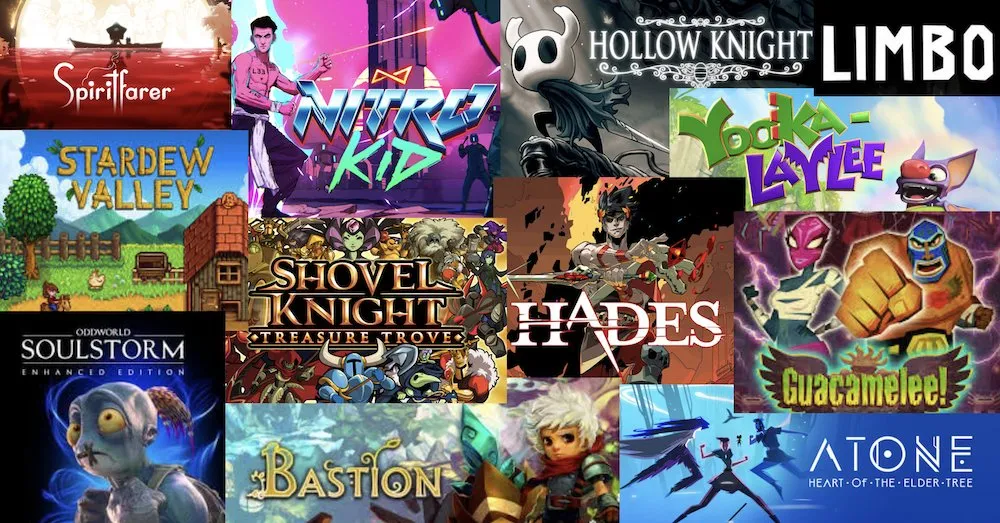Indie gaming in 2025 represents a remarkable fusion of technological innovation and creative storytelling, where small development teams are leveraging advanced tools to create experiences that rival major AAA productions. This year’s most anticipated tech-based indie games showcase how independent developers are pushing the boundaries of what’s possible with limited resources but unlimited imagination.
The independent gaming scene has evolved dramatically, with developers now having access to sophisticated engines, AI-assisted development tools, and advanced graphics capabilities that were once exclusive to large studios. This democratization of technology has led to an unprecedented wave of innovative titles that combine cutting-edge technical achievements with the creative freedom that defines indie gaming.
What makes 2025 particularly exciting is how these indie developers are not just adopting new technologies but reimagining how they can be used to enhance gameplay, storytelling, and player engagement. From procedurally generated worlds powered by machine learning algorithms to physics-based mechanics that create emergent gameplay, this year’s lineup demonstrates that technical innovation and artistic vision can coexist beautifully in the indie space.
The games featured in this represent diverse approaches to technology integration, spanning genres from roguelike deck-builders utilizing advanced AI for dynamic card generation to narrative-driven RPGs employing sophisticated dialogue systems. Each title showcases how independent developers are leveraging modern technology to create unique gaming experiences that stand out in an increasingly crowded marketplace.
Revolutionary Roguelike Experiences
Slay the Spire 2 stands as perhaps the most anticipated tech-driven indie sequel of 2025, building upon the foundation of its predecessor with significant technological upgrades. The sequel introduces enhanced 3D visuals and a completely rebuilt engine that supports more complex card interactions and dynamic gameplay elements. Mega Crit has implemented advanced algorithms for procedural content generation, ensuring that each run feels genuinely unique while maintaining the strategic depth that made the original a masterpiece.

The game’s technical improvements extend beyond visual enhancements, incorporating machine learning elements that adapt to player behavior patterns, creating increasingly challenging and personalized experiences. The developers have also integrated sophisticated physics systems that affect card interactions in ways that weren’t possible in the original 2D framework.
Next-Generation Action RPGs
Clair Obscur: Expedition 33 represents a stunning achievement in indie game development, demonstrating how small teams can create visually spectacular experiences using modern development tools. Developed by Sandfall Interactive, this JRPG-inspired title features photorealistic environments, advanced lighting systems, and motion capture technology typically associated with much larger productions.
The game’s technical prowess extends to its innovative combat system, which seamlessly blends traditional turn-based mechanics with real-time parrying and dodging elements. This hybrid approach required sophisticated programming to ensure smooth transitions between different gameplay modes while maintaining the strategic depth of classic JRPGs.
Hyper Light Breaker marks a significant technological leap for Heart Machine, transitioning from the 2.5D world of Hyper Light Drifter to a fully realized 3D roguelike experience. The game utilizes advanced procedural generation algorithms to create diverse biomes and encounters, while supporting both solo and cooperative multiplayer functionality through sophisticated networking technology.
Innovative Narrative Technologies
Citizen Sleeper 2: Starward Vector showcases how indie developers are using technology to enhance narrative experiences. The sequel builds upon the original’s dice-based RPG mechanics with improved AI systems that create more dynamic and responsive storytelling. The game’s narrative engine adapts to player choices in real-time, creating branching storylines that feel genuinely consequential.
The technical infrastructure supporting the game’s choice-and-consequence system represents a significant advancement in narrative gaming technology, utilizing sophisticated state management and dialogue trees that respond intelligently to player behavior patterns.



